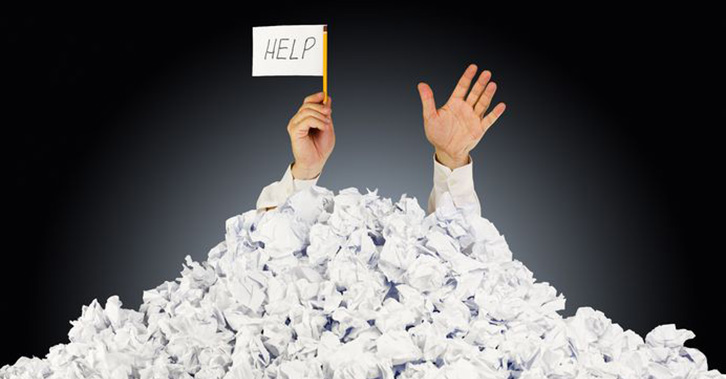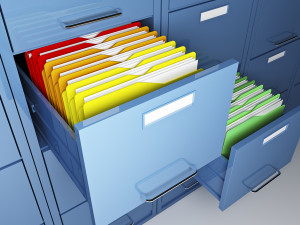How to Create a Successful Paper Management System

13 Jan 2016
How to Create a Successful Paper Management System
 As the new year gets underway, it’s time to gather your papers for taxes, it’s also a good time to check your paper management system and see if it’s working for you. We get a lot of calls here at Organizing Boston from people who are buried in paper and panicking as tax season draws near. If your tax preps involves digging through piles and pile to find those tax documents, then it might be time to really create a successful paper management system. I use the word “successful” here because not all paper management systems are the same. In fact, we find a lot of failed paper management systems out there. So, as professional organizers in Boston, it is our duty to help you get your papers under control once and for all! We have put together a simple system that will help you whip your paperwork into shape and keep it in check this year and for years to come!
As the new year gets underway, it’s time to gather your papers for taxes, it’s also a good time to check your paper management system and see if it’s working for you. We get a lot of calls here at Organizing Boston from people who are buried in paper and panicking as tax season draws near. If your tax preps involves digging through piles and pile to find those tax documents, then it might be time to really create a successful paper management system. I use the word “successful” here because not all paper management systems are the same. In fact, we find a lot of failed paper management systems out there. So, as professional organizers in Boston, it is our duty to help you get your papers under control once and for all! We have put together a simple system that will help you whip your paperwork into shape and keep it in check this year and for years to come!
Here we go…
To create a successful paper management system, first do this…
- Picture what the end result will look like (no clutter on desk, no piles of paper anywhere).
- Allow enough time to work on the system. It sucks, but paper takes time to deal with.
- Make sure you have all the necessary supplies and tools within easy reach (letter opener, stapler, paper clips, highlighter, envelopes, stamps, file folders, etc.).
Mail is probably the biggest source of paper coming into your life and most of it is junk! Follow these steps to maintain your mail and keep your incoming paper manageable.
To manage your mail, do this…
- Make time every day to open and read the mail.
- Open mail in one mail center area with all your tools and supplies.
- Have a wastebasket and recycling bin near to toss the mail in as you open it.
- Make decisions as you open the mail.
Scan the contents of each piece and process it appropriately:
Immediately:
- Throw out all unwanted solicitations
- Throw out the outside of the envelope that comes with every bill
- Throw out the inserts that come with every bill
- Scan each catalog and if nothing interests you, recycle it.
Take the remaining pieces and sort into the following categories:
- To Pay
- To Do
- To File
- To Read
Take time to do the action items, “To Pay”, “To Do” and “To File”.
Filing is no fun. We know. But, if you follow our filing tips and set up a filing system that really works, it won’t be so bad. Put on some music and go for it!
For a successful filing system, do this…
- Use quality, full suspension file cabinets, with enough drawers to
 hold ALL your files.
hold ALL your files. - Use letter size file folders.
- Regularly weed out old files.
- Use hanging file folders with tabs. Label the tabs well.
- Keep the System Simple.
- Use headers and sub-headers to divide the files into categories.
- Name the files the way you think of them.
- File alphabetically if that works for you, otherwise file by category.
- Use separate filing drawers for business and personal files.
- To save space, open and unfold documents (bank statements, stock reports, etc).
- Staple documents, do not paperclip them.
- Keep only current files should be in your file cabinet. Keep long term, archival files in a cardboard or plastic box and put away. Date and label the box.
Unfortunately, paper doesn’t happen just once. Make sure you make time to maintain your paper management system regularly. Once you have your system in place, keeping up with it will be a snap!
If you’re not sure what papers to keep and what to toss, download our Paper Retention Guidelines from our sister site: OrganizingU.com
